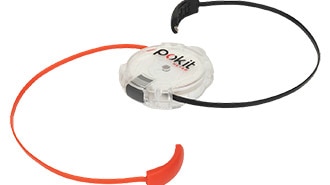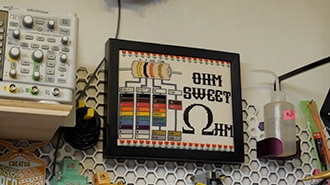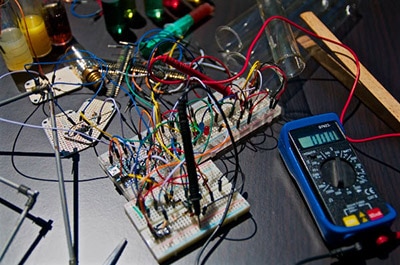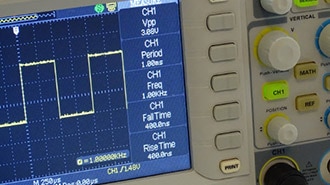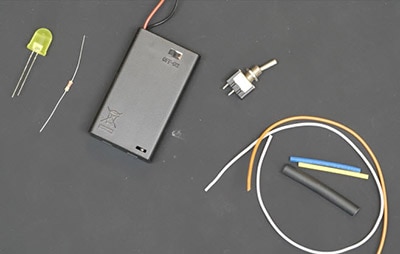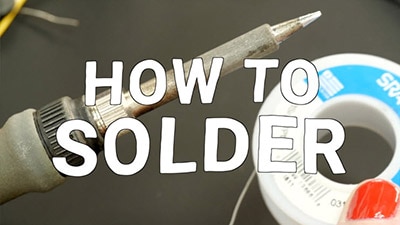Learn How to Measure Voltage, Current, and Resistance
2025-05-27 | By bekathwia
What is a multimeter? It’s a versatile tool that lets you measure electrical properties like voltage, current, and resistance.
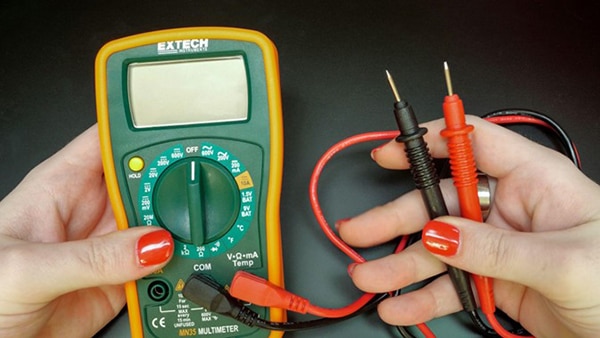
The multimeter shown in this video and article is by FLIR Extech.
A typical multimeter has a dial in the center where you select what you want to measure. You’ll see symbols for voltage (V), current (A), and resistance (Ω). The display shows your measurements, and the ports at the bottom are where you plug in the probes. Most multimeters will have two probes: a black one for the COM or common port and a red one for different measurement settings. The color is just convention, but following that convention will help prevent confusion, so I always plug the black probe into the COM port.
For the red probe, use the port labeled 'V ohm' for measuring voltage and resistance. If you’re measuring current, you’ll usually use the port labeled 'A' for amps or 'mA' for milliamps.
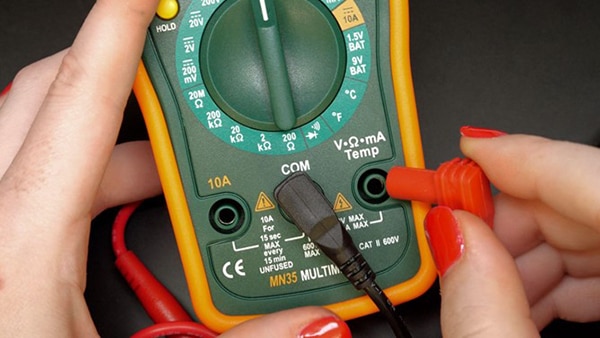
Now, let’s introduce the most common measurements and how to take them.
Testing for Continuity
This test checks whether electrical current can flow between the two probes and can help spot a bad solder joint or a short circuit. For this test, the circuit power should be off. Turn the dial to the speaker icon. Some multimeters have multiple functions on this setting, so you may also have to press a MODE button until the speaker icon appears on the screen. To check if you are successfully set to continuity-checking mode, touch the probes together: the meter should beep to indicate continuity.
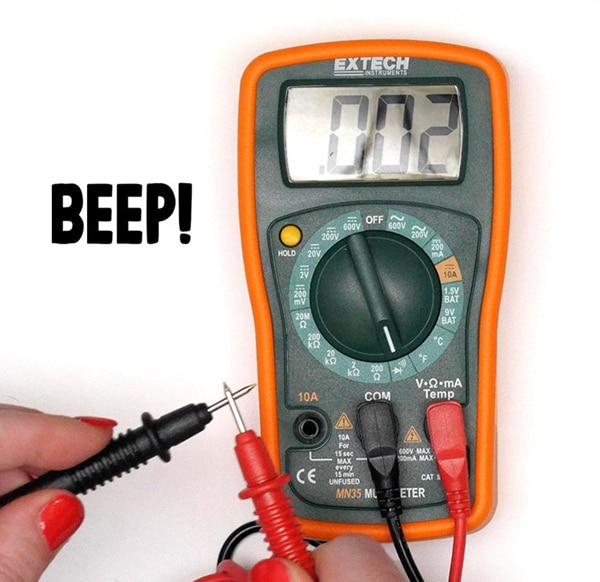
Measuring Voltage
Next up is voltage. Voltage tells you how much electrical potential exists between two points in a circuit. To measure it, turn the dial to the voltage setting. If you’re working with a DC circuit, like a battery, choose the 'V' with a straight line. For AC voltage, choose the 'V' with a wavy line.
Place the black probe on the negative terminal and the red probe on the positive terminal. The reading will show up on the screen. If you see a negative sign, it just means your probes are swapped.
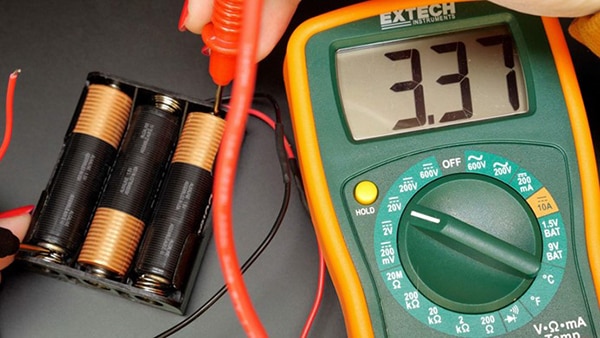
Measuring Resistance
Next, resistance. This measures how much a component resists the flow of current. Turn the dial to the resistance setting, which is represented by the omega symbol (Ω). Make sure the circuit or component you’re testing is powered off! Touch the probes to either side of the resistor. The screen will display the resistance in ohms.
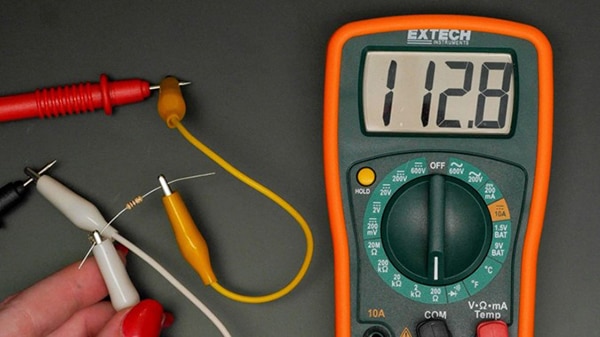
Measuring Current
Finally, current. This measures the flow of electricity in a circuit. Current measurements can be tricky, so start with the highest range on your multimeter and work your way down if needed.
To measure current, you’ll need to break the circuit and connect the multimeter in series. The red probe goes in the 'A' or 'mA' port, depending on the current range. Be cautious with this step, as improper settings can blow a fuse in your multimeter.
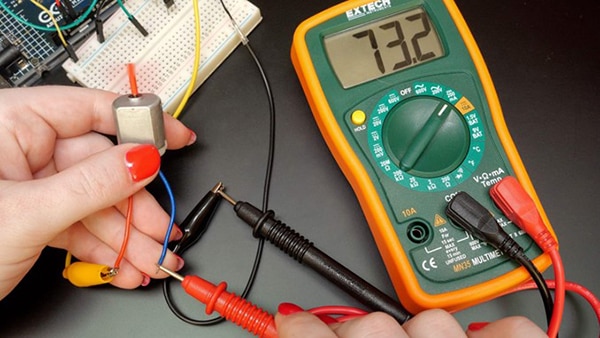
Common multimeter questions:
What’s the difference between auto-ranging and manual?
Auto-ranging multimeters automatically select the correct range for your measurement. Manual ones require you to pick the range yourself. If you’re unsure of the range you are measuring, start high and work your way down.
Why isn’t my multimeter working?
Check that the battery is fresh and in place, and ensure the probes are securely connected. If you’re measuring voltage or resistance on a manual meter, you may have the incorrect range selected for your measurement. The meter may show OL or the number one if the range is exceeded. If you’re measuring current, you may have blown a fuse—a common issue with beginners. Here’s what the fuse looks like, and they are easy to replace:

Can it do anything else?
Often, yes, your multimeter will have additional features. Some can measure capacitance– connect the probes and wait for the value to stabilize. You can also measure the forward voltage drop on diodes. Some multimeters also have a temperature probe or other specialized features.
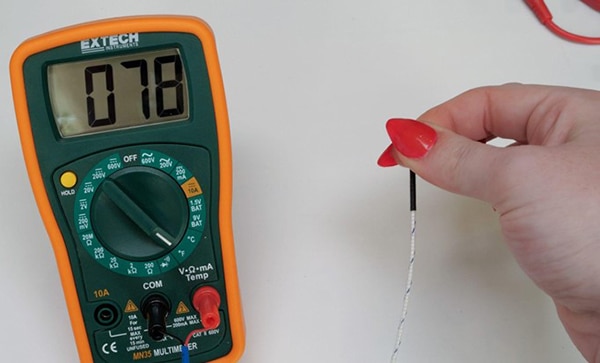
I hope you feel confident and ready to test your project using a multimeter! If you want to learn more, there are more videos and articles about multimeters here on DigiKey:
- What is Auto vs. Manual Ranging: Multimeters - Another Teaching Moment | Digi-Key Electronics
- How to Measure Voltage, Current, and More with a Digital Multimeter (DMM) - Another Teaching Moment
- What are CAT (Category) Safety Ratings in Multimeters? - Another Teaching Moment | Digi-Key
- How to Test Fuses Without a Multimeter – ATM Quick Take | Digi-Key Electronics
If you want to learn more about DIY electronics, check out the rest of my series and subscribe on YouTube to be sure you don’t miss the next video.










